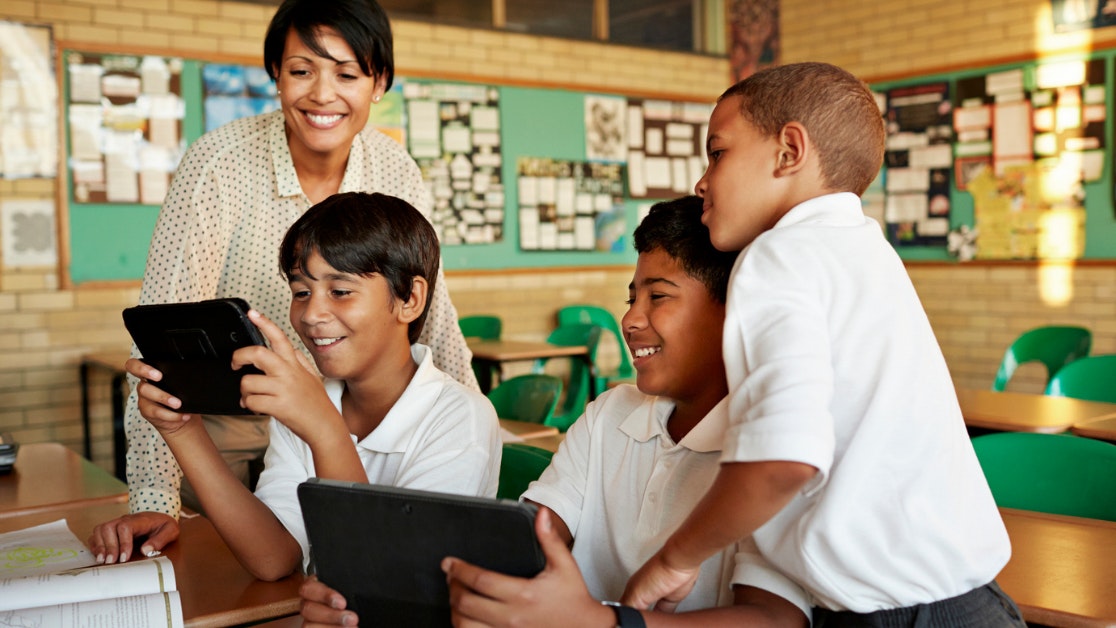Homepage
•
Learning Library
•
Blog
•
5 Reasons To Try the In-Class Flip
Expand breadcrumbs
Expand breadcrumbs
- Learning Library
- Blog
- 5 Reasons To Try the In-Class Flip
- Homepage
- •
- Learning Library
- •
- Blog
- •
- 5 Reasons To Try the In-Class Flip
5 Reasons To Try the In-Class Flip
By Paul Wurster
June 1, 2022








